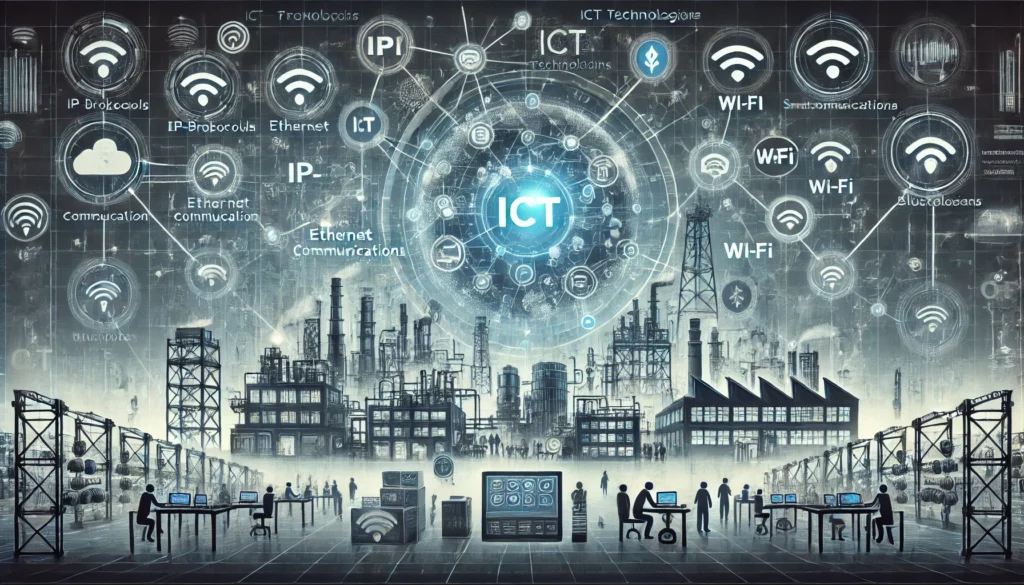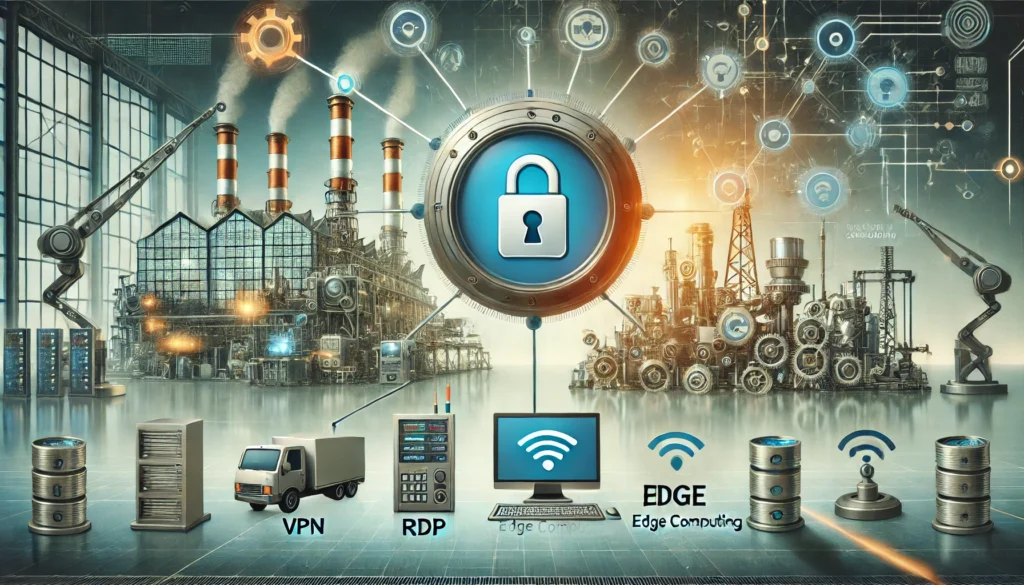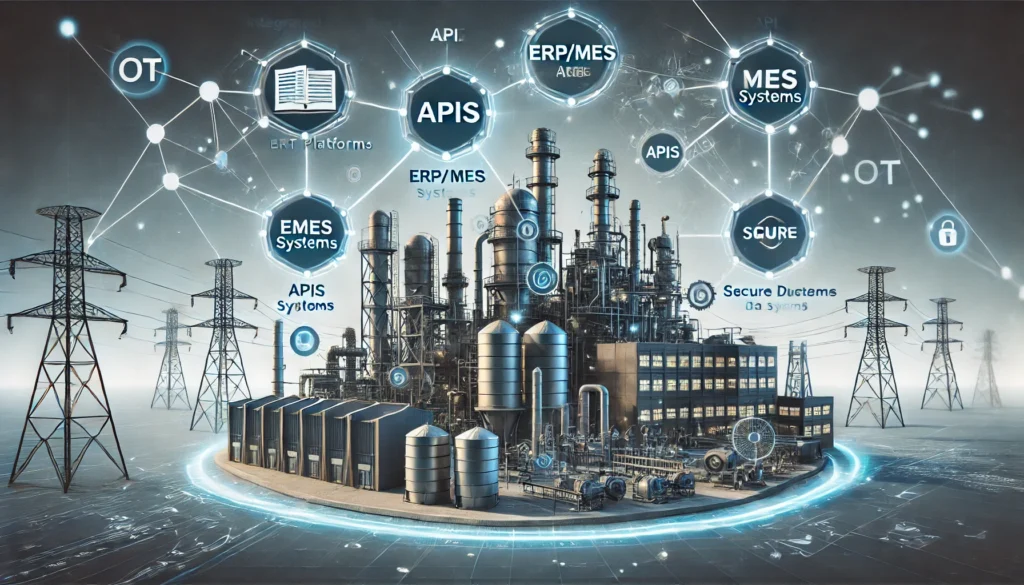[OT Sec] The Imperative and Evolution of OT Security: The Impact of ICT Adoption and Key Examples

1. Background and Concept of OT Security1. Background and Concept of OT Security
Operational Technology (OT) refers to technologies used to monitor and control physical processes such as industrial equipment, production processes, energy management, and logistics systems. In the past, these OT systems operated as independent closed networks with limited external connectivity, resulting in relatively low security threats. However, in the 21st century, the rapid development of ICT (Information and Communication Technology) and the acceleration of digital transformation have transformed OT environments into hybrid systems closely integrated with IT (Information Technology) systems.

This transformation has significantly improved OT systems by enhancing efficiency, data visibility, remote management, data analysis, and automation, boosting productivity and competitiveness. However, as OT systems became interconnected with ICT technologies, they became exposed to new security threats. Particularly, OT systems were originally designed with a focus on availability and performance rather than security, causing existing IT vulnerabilities to extend into OT environments. As a result, OT security has become an essential factor for industrial survival and safety beyond mere technical requirements.
2. Key Incidents That Highlighted the Need for OT Security

1) Limitations of Early OT Security
OT systems traditionally operated in closed networks, where security threats were limited to internal issues. For example, physical access or operator errors were considered primary threats. However, with the emergence of networked OT environments, external cyberattacks became a significant concern alongside internal risks.
2) Major Cyberattack Cases
- Stuxnet (2010)
Targeting Iran’s nuclear facilities, Stuxnet is one of the most significant cases in OT security history, demonstrating the potential for cyberattacks on closed networks. This worm was specifically designed to target Industrial Control Systems (ICS), disrupting the operation of specific facilities and causing physical damage. - Ukraine Power Grid Attack (2015, 2016)
Attacks on Ukraine’s power grid revealed that OT systems are critical vulnerabilities in national infrastructure. Attackers used malware to control SCADA systems and interrupt power supply. This incident underscored the importance of OT security at a national security level. - Colonial Pipeline Attack (2021)
A ransomware attack on the Colonial Pipeline in the United States highlighted the risks posed by the intersection of IT and OT systems. The infection of IT systems led to an operational shutdown of OT systems, resulting in large-scale fuel supply disruptions.
3) Digital Transformation and Emerging Threats
Digital transformation has accelerated changes in OT environments, incorporating technologies like cloud computing, IoT, and big data. While these technologies enhance efficiency and flexibility, they introduce new threats that traditional security measures cannot address. OT environments emphasize real-time operation, availability, and safety, making it challenging to apply conventional IT security solutions directly. This necessitates distinct approaches and technologies for OT security.
3. The Impact of ICT Technology on OT Security
1) Network Technologies

- IP-based Communication Protocols
Traditional OT environments primarily used proprietary protocols such as Modbus and Profibus. However, the adoption of TCP/IP-based communication protocols introduced vulnerabilities related to internet connectivity, exposing OT systems to various IT security threats like malware, network sniffing, and man-in-the-middle attacks. - Ethernet Communication
Transitioning from serial communication methods like RS-232/485 to Ethernet significantly improved data transfer speed and efficiency. However, Ethernet’s network layer vulnerabilities, such as ARP spoofing and port scanning, increased OT systems’ exposure to cyberattacks. - Wireless Communication Technologies
Wireless technologies like Wi-Fi, Bluetooth, and Zigbee enhanced connectivity between OT environments, smart sensors, and IoT devices. However, wireless technologies carry vulnerabilities like signal interception, unauthorized access, and jamming, presenting new challenges for OT security.
2) Computing Technologies
- Cloud Computing
Cloud technology brought revolutionary changes to OT data storage and analysis. However, risks such as vulnerabilities in cloud service providers and lack of encryption during data transmission pose significant threats. Protecting OT data in multi-tenant environments requires robust access controls. - Servers and Data Centers
Introducing IT server and data center technologies for processing and storing OT data created new vulnerabilities. Server security issues, such as operating system flaws and credential leaks, could threaten OT system stability. - Virtualization Technologies
Using virtualization technologies in HMI and SCADA systems improved resource efficiency but introduced risks like hypervisor vulnerabilities and inter-VM attacks, increasing security threats in OT environments.
3) IoT and IIoT (Industrial IoT)
- IoT Devices and Sensors
The large-scale adoption of smart sensors and IoT devices in OT environments brings vulnerabilities such as weak encryption, default credentials, and insufficient authentication, allowing attackers to infiltrate OT networks. - IoT Gateways
IoT gateways serve as critical hubs connecting IoT devices to central systems. Firmware vulnerabilities or poor security configurations in these gateways can pose serious threats to OT environments.
4) Software and Data Analytics Technologies

- Operating Systems
The adoption of Windows and Linux-based systems alongside RTOS introduced complexities in managing security patches and defending against malware, complicating OT security management. - SCADA Software
SCADA systems play a crucial role in visualizing and controlling OT data but are prone to vulnerabilities due to their growing complexity. Regular patching and vulnerability management are essential. - AI and Machine Learning
While AI and machine learning technologies improve OT data analysis and predictive maintenance, they pose new threats if training data integrity is compromised or AI models are exploited.
5) Remote Management and Control Technologies

- VPN
VPNs facilitate remote access but are susceptible to attacks due to weak encryption settings or credential leaks, potentially exposing OT systems to external threats. - Remote Desktop Protocol (RDP)
RDP enables administrators to remotely access OT systems but carries high risks of ransomware attacks due to weak authentication settings and credential theft. - Edge Computing
Edge computing enhances real-time data processing in OT environments but can negatively impact the entire OT network if security settings on edge devices are inadequate.
6) Integrated Platforms and Data Sharing

- ERP/MES System Integration
Integrating ERP and MES systems allows real-time data exchange between OT and IT systems, expanding attack vectors. Unauthorized API calls and data integrity issues are significant risks. - Data Sharing and APIs
APIs facilitate data communication between OT systems but often suffer from weak authentication and encryption, increasing potential security vulnerabilities.
7) Other ICT Technologies
- Blockchain Technology
Blockchain effectively ensures data integrity but is susceptible to trust issues between network nodes or DDoS attacks on the blockchain network itself. - Smart Devices
Smartphones and tablets simplify OT system management but increase risks if device operating system vulnerabilities and inadequate security settings are exploited.
Conclusion
OT security has emerged as an essential element to address new security demands in OT environments transformed through IT integration. Cases like Stuxnet emphasize the critical importance of OT security, while digital transformation introduces increasing threats. Beyond technical solutions, OT security plays a vital role in protecting people, the environment, and national security. Strengthening OT security requires identifying and effectively addressing vulnerabilities introduced by ICT technologies, alongside developing robust strategies and technologies.


![[물리보안] PSP 자격증 완전정복: 물리적 보안 전문가를 위한 실무 가이드](https://ota2z.com/wp-content/uploads/2025/07/ChatGPT-Image-2025년-7월-27일-오후-10_13_59-768x768.webp)
![[OT Sec] OT Security Consultant’s Practical Procedure A to Z (1/2)](https://ota2z.com/wp-content/uploads/2025/05/ChatGPT_Image_2025년_5월_6일_오후_10_32_48-768x768.webp)
![[OT Sec] Mastering DNP3: The Core of Industrial Automation Communications](https://ota2z.com/wp-content/uploads/2025/04/DALL·E_2025-04-23_14.36.54_-_Futuristic_industrial_scene_showing_the_evoluti-768x439.webp)
![[OT Sec] 🛠 MODBUS: The Core Communication Language of OT Systems – From Structure to Security](https://ota2z.com/wp-content/uploads/2025/04/ChatGPT_Image_2025년_4월_23일_오후_02_08_20-768x512.webp)